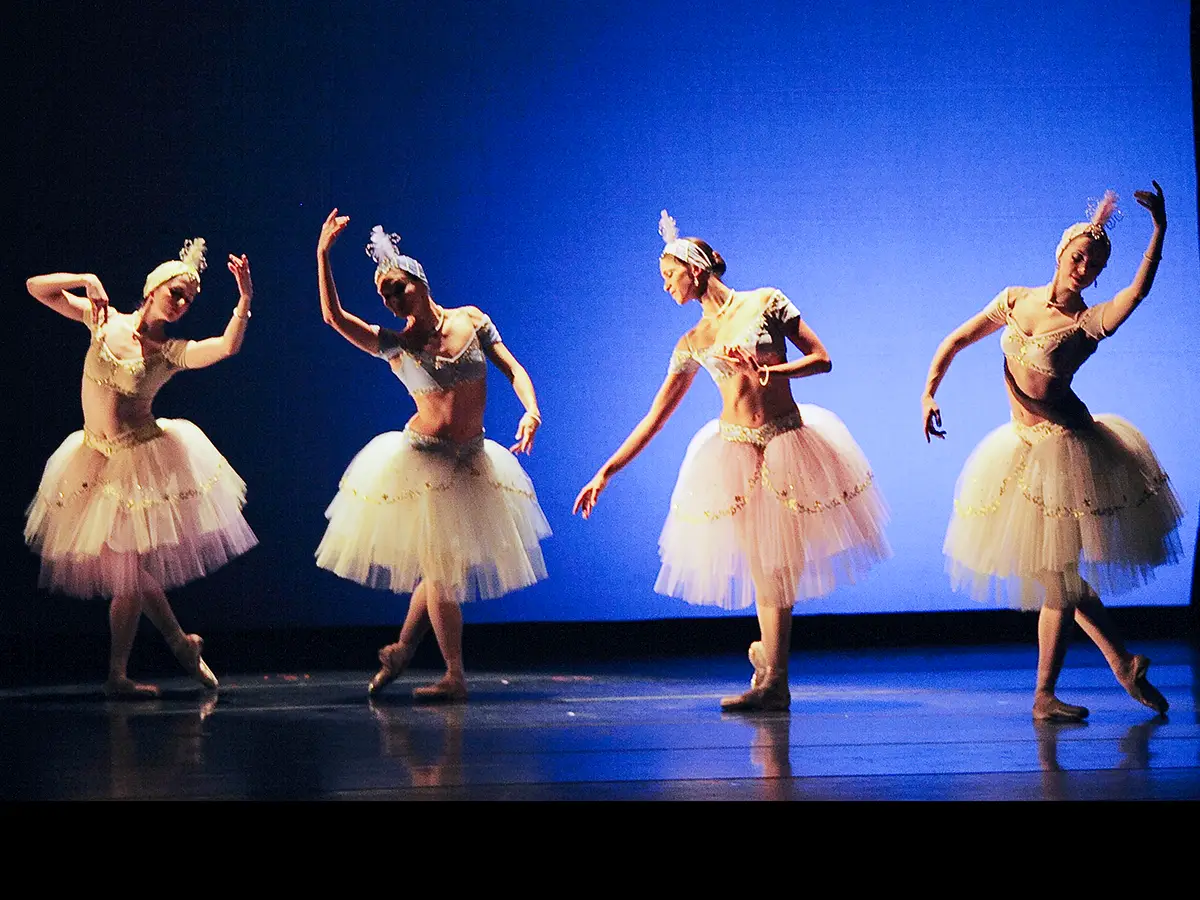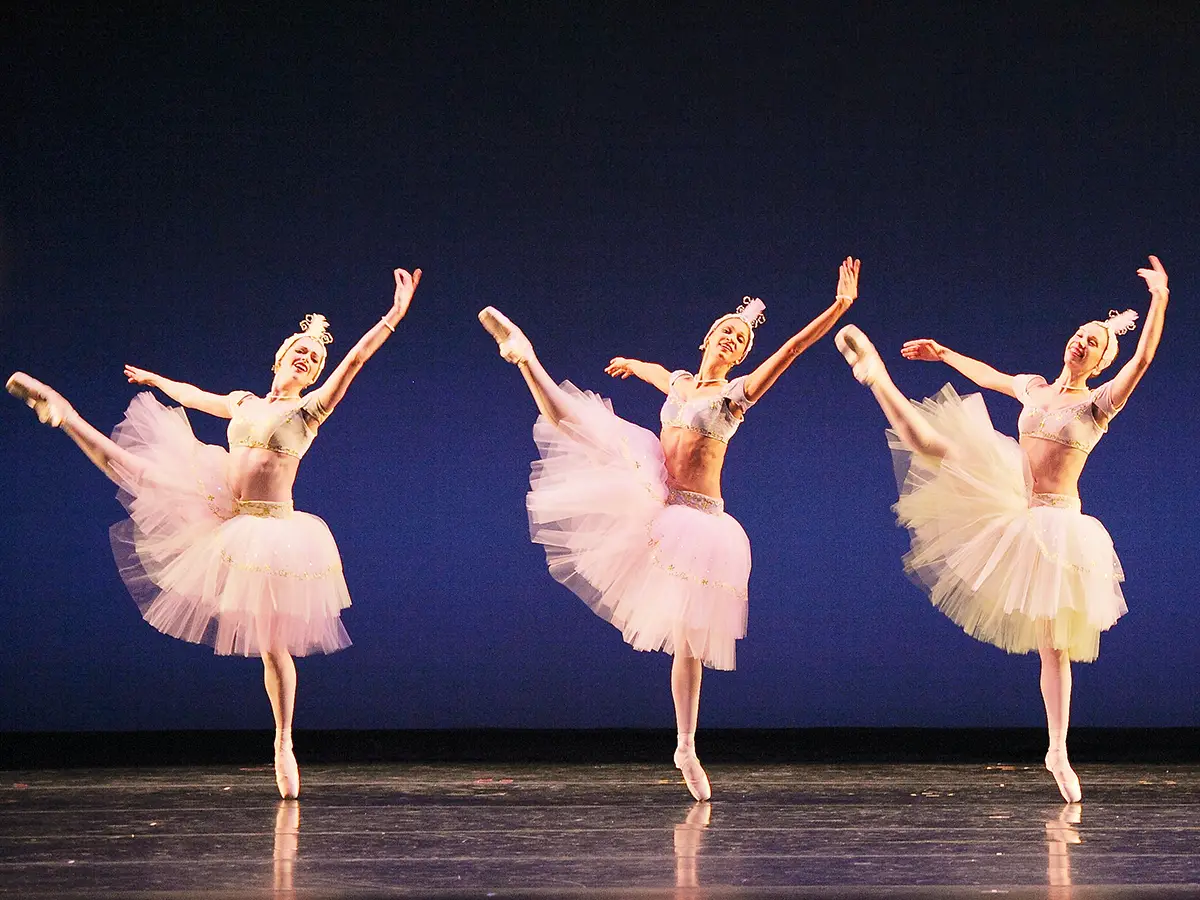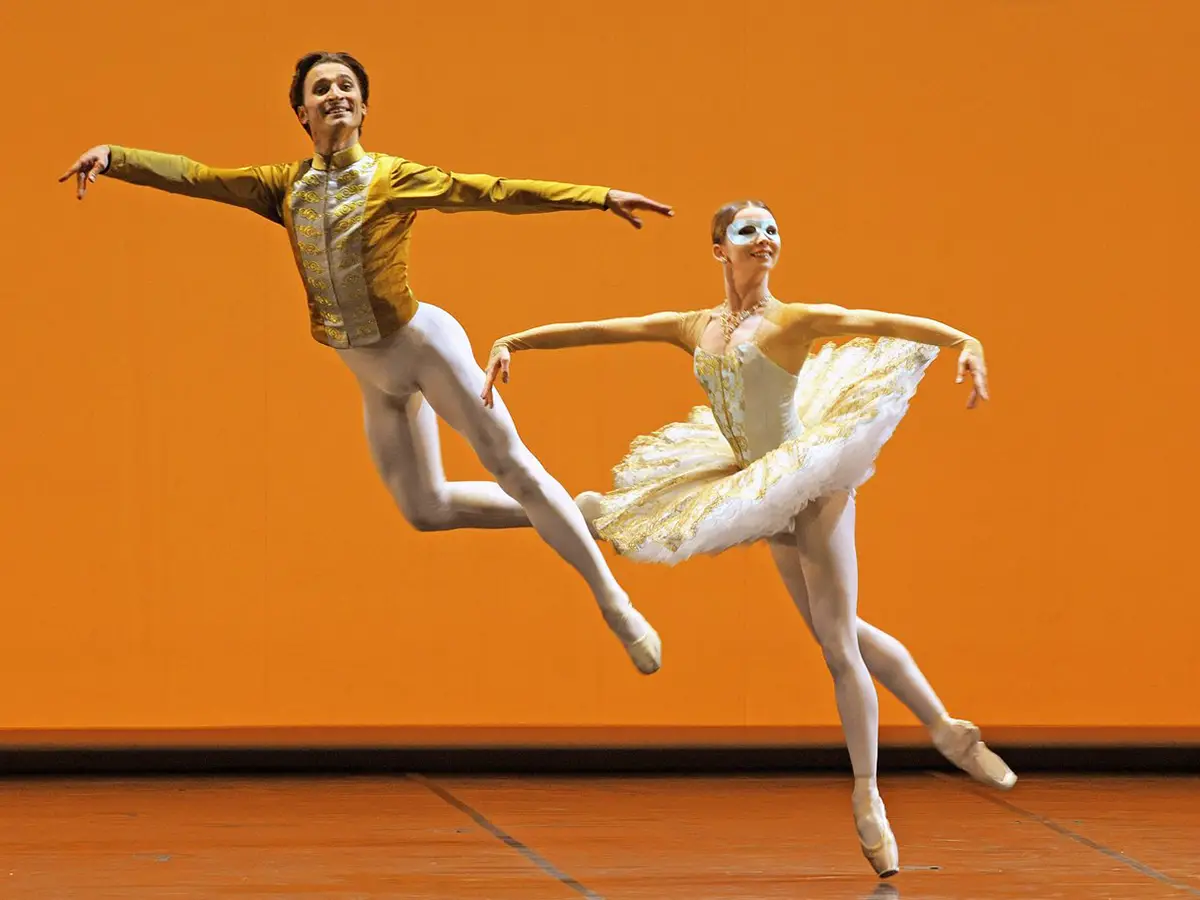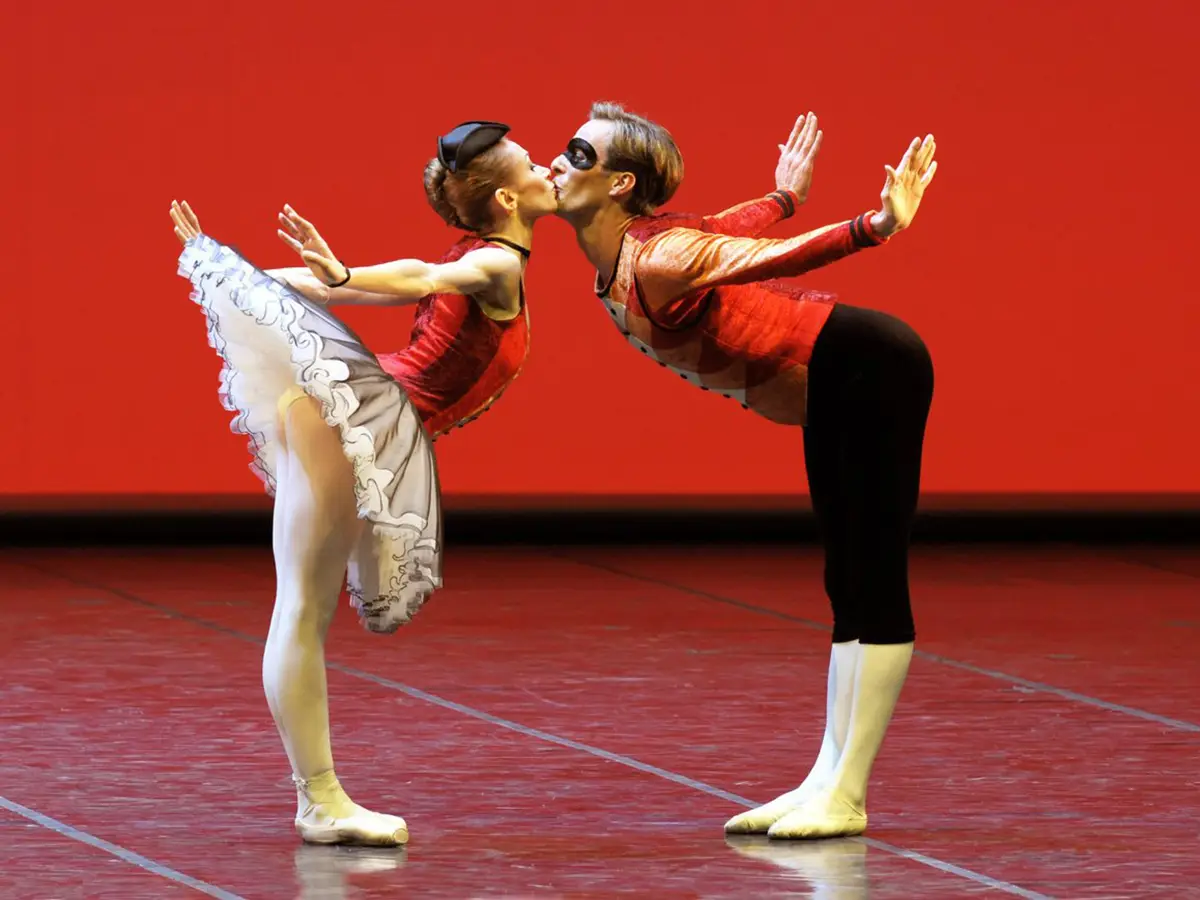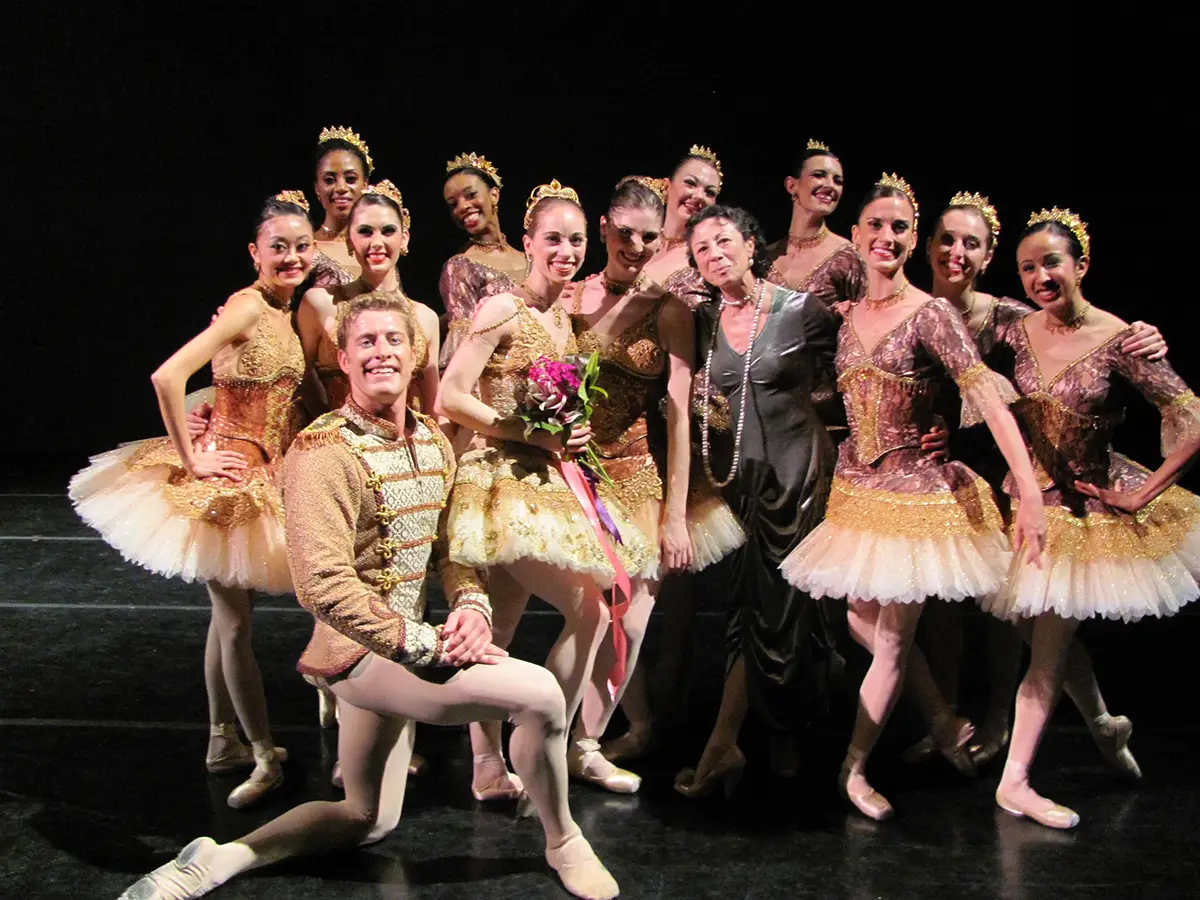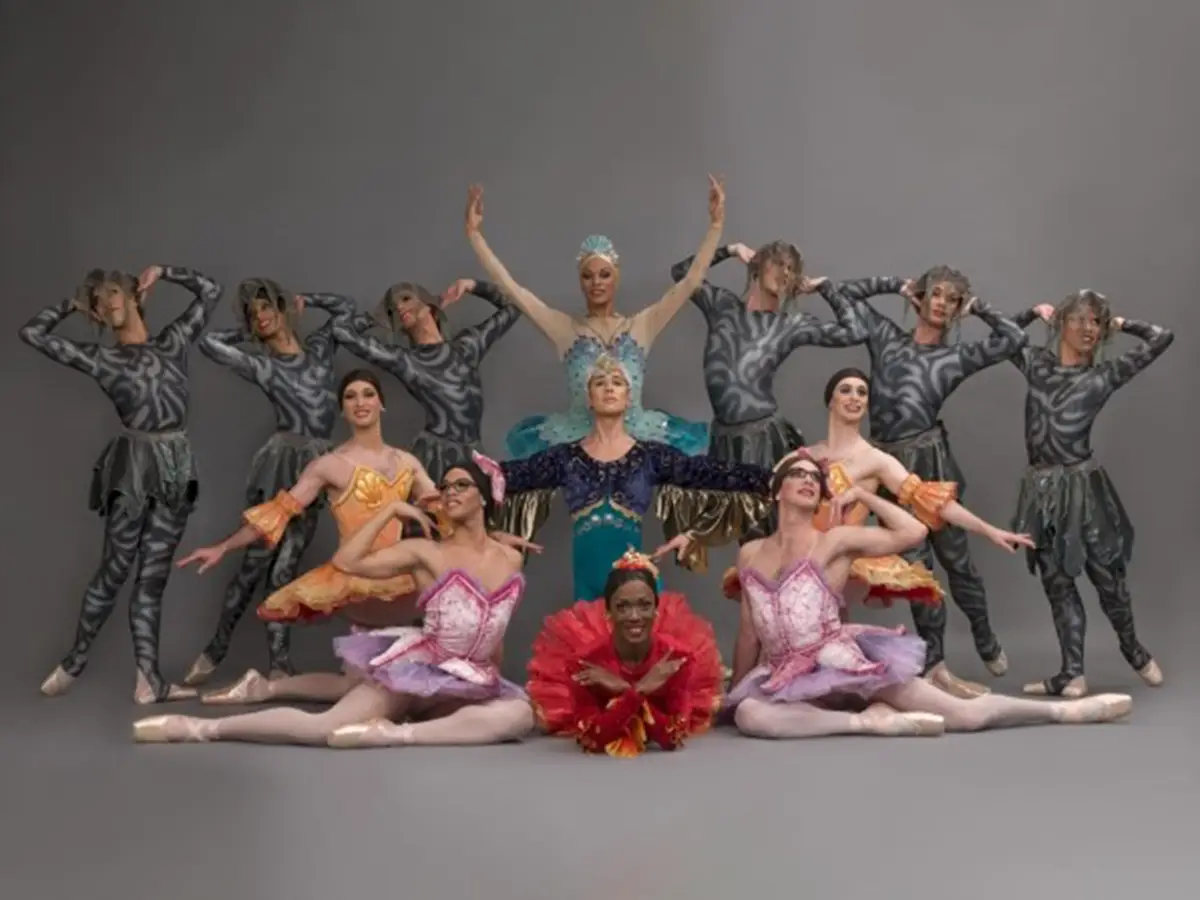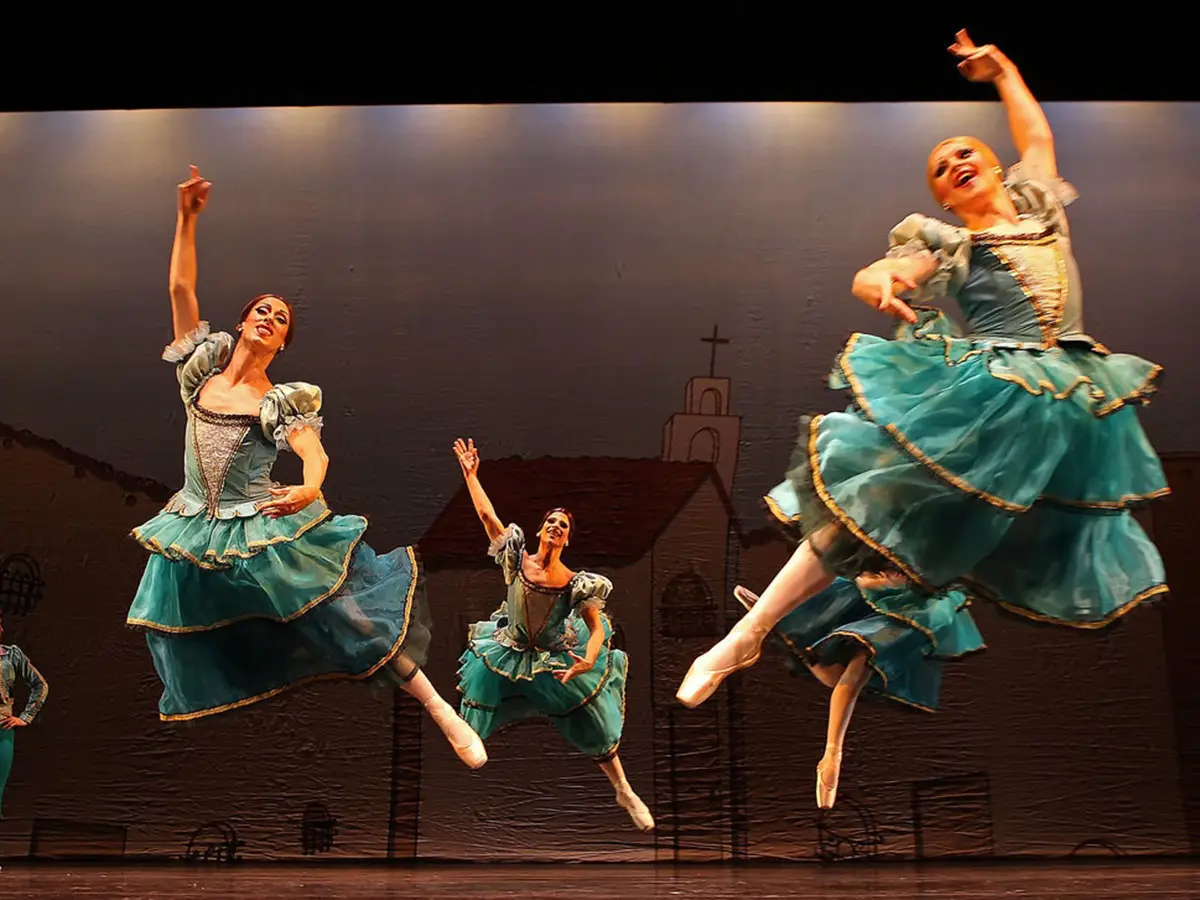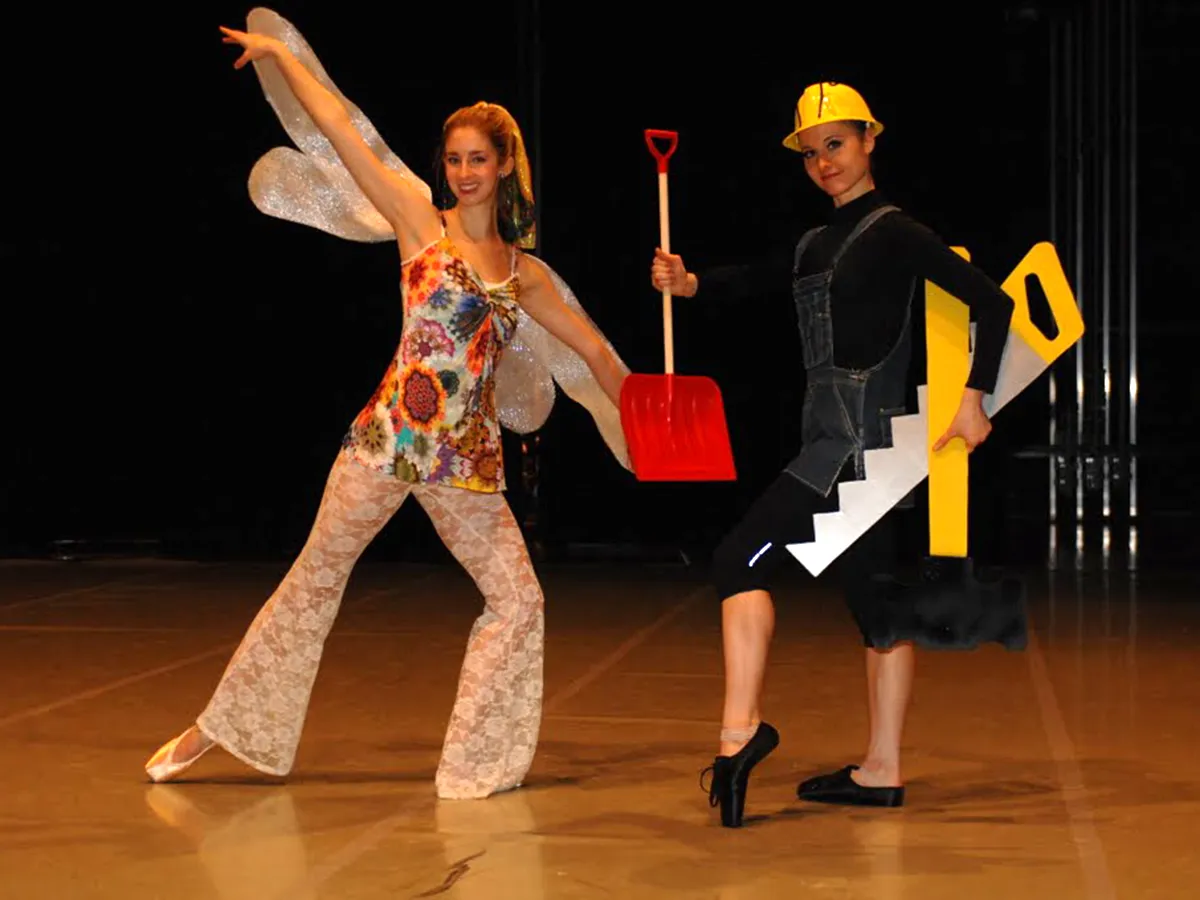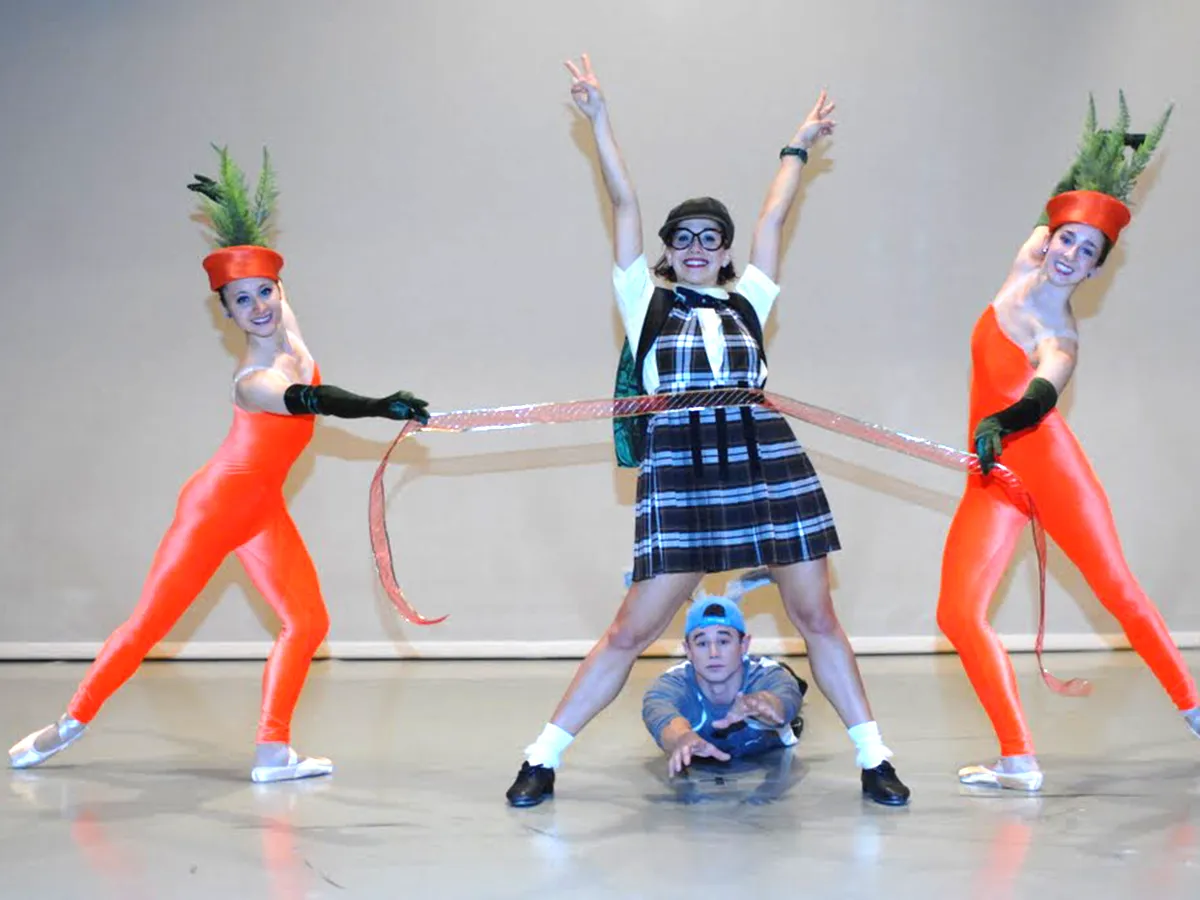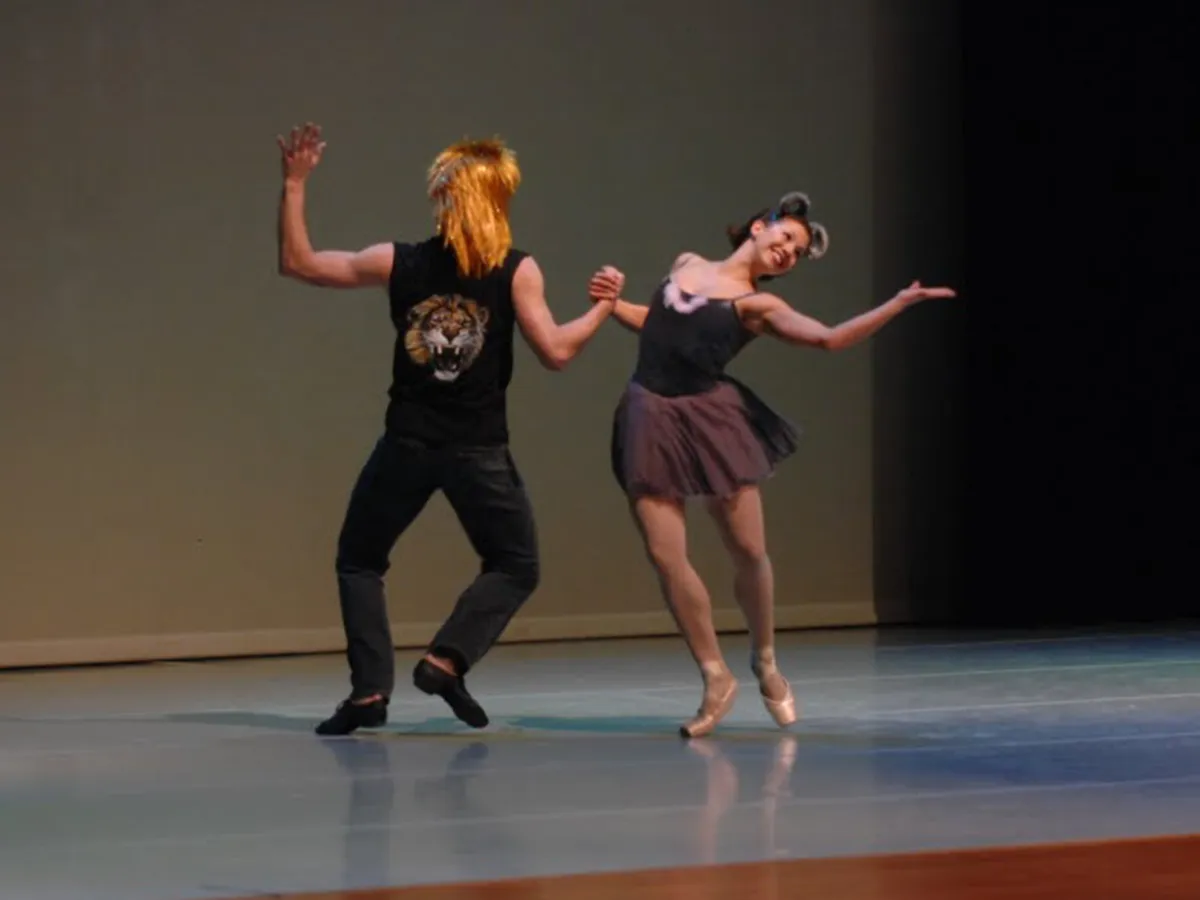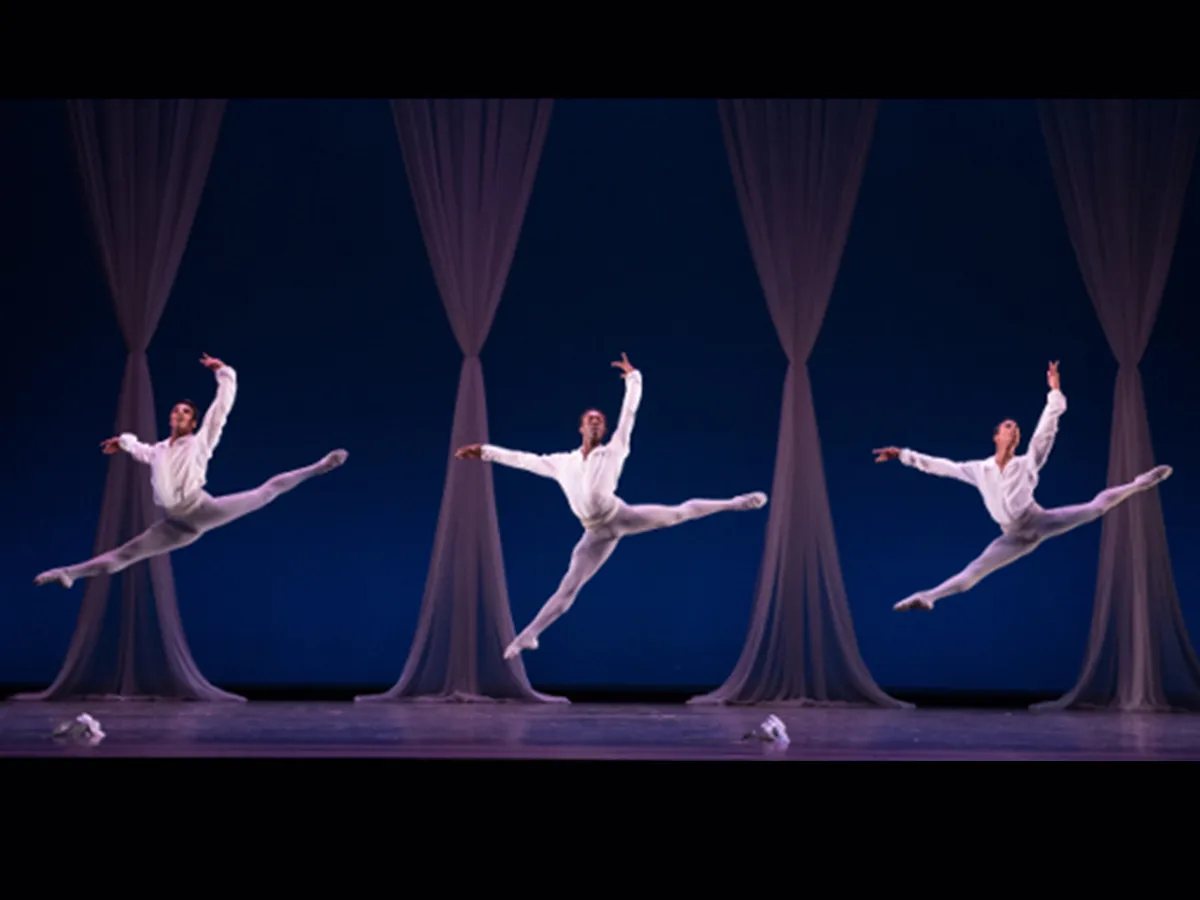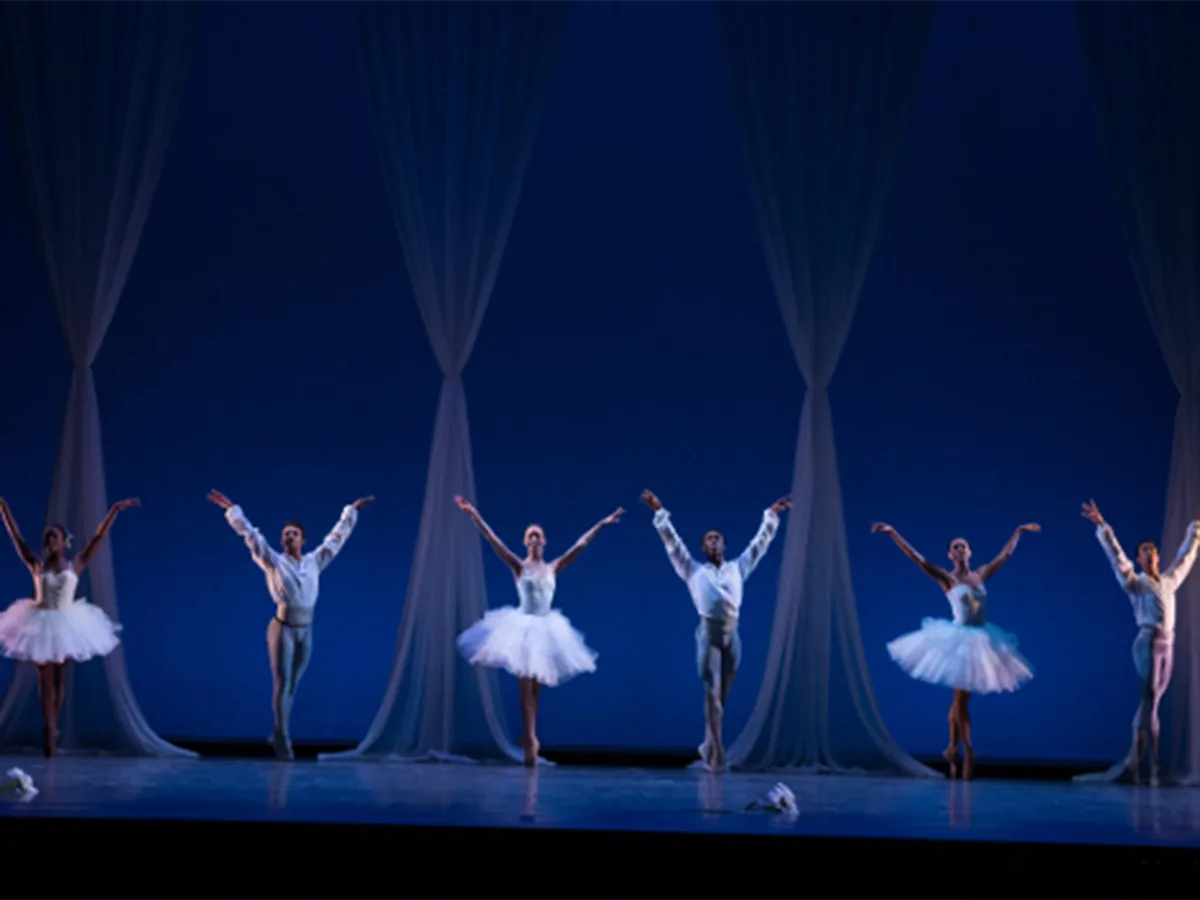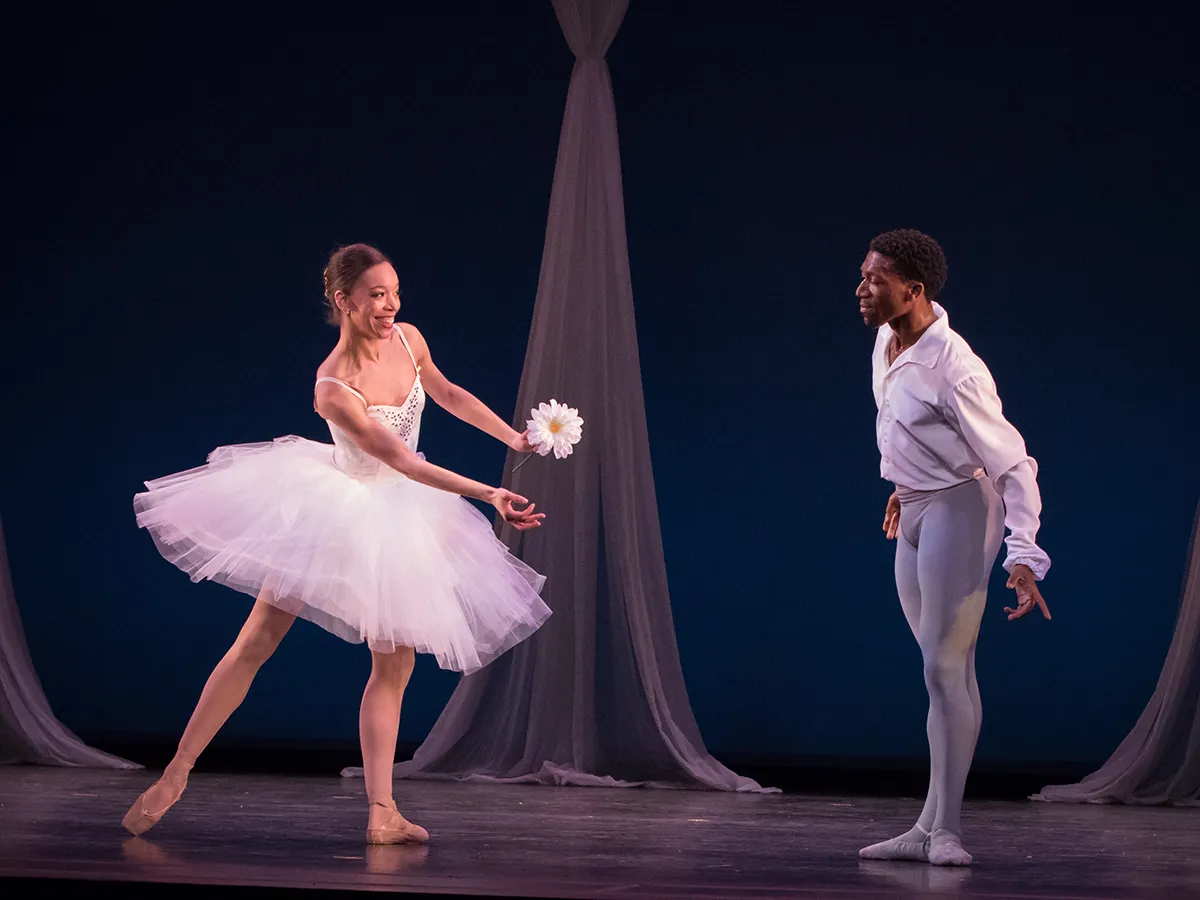Choreography
I stage full-length ballet classics, one-act story ballets (some of them rarely seen outside Russia), classical divertissements, and my original choreography. When staging classics, I preserve the style and ideas of the old masters and make them work for today’s dancers and audiences.

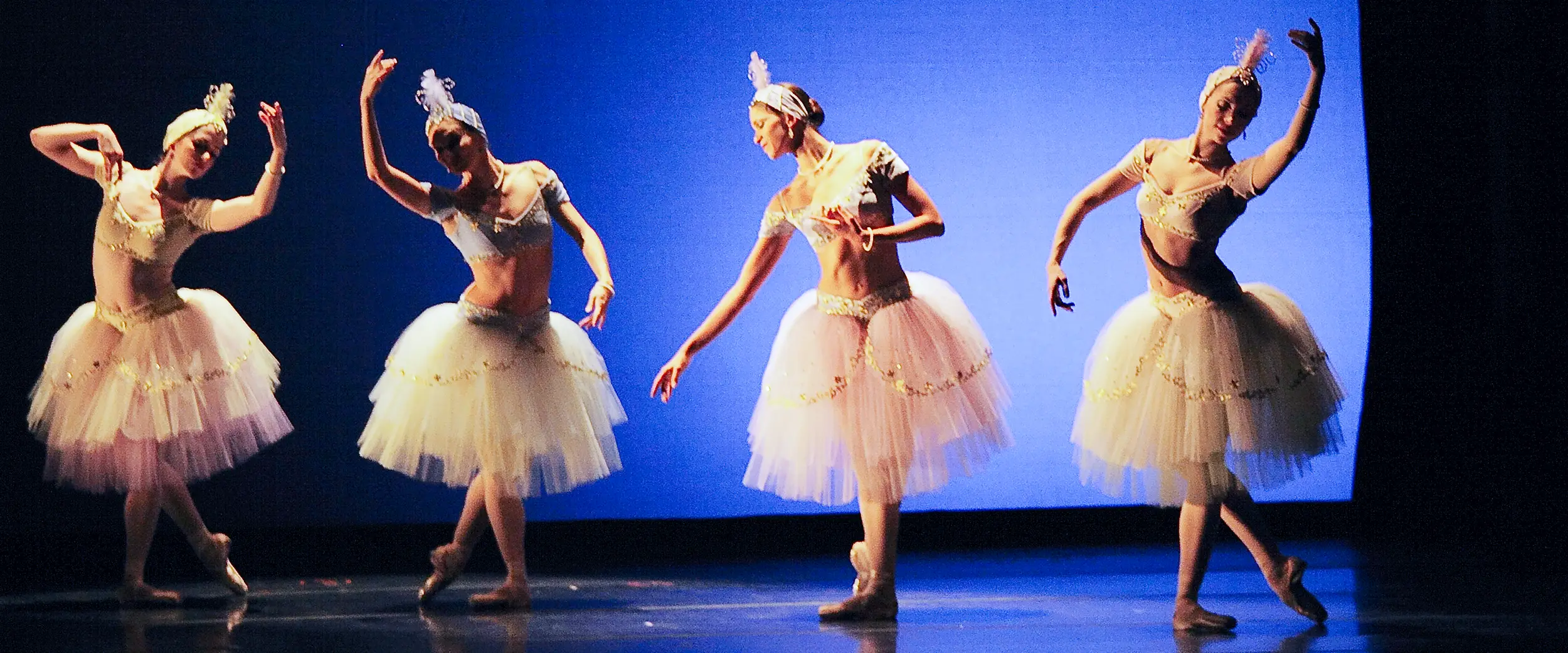
Choreography
I stage full-length ballet classics, one-act story ballets (some of them rarely seen outside Russia), classical divertissements, and my original choreography. When staging classics, I preserve the style and ideas of the old masters and make them work for today’s dancers and audiences.
Classical Choreography
I have performed in most of the ballets myself, and learned them from the previous generation of dancers, who in turn learned them for generation before them, as the theatrical tradition goes…
Ballet classics make an excellent showcase for a dance company. Built on a vast vocabulary of intricate steps, they are full of charm, beauty, and humor, offering great material for dancers’ learning and growth.
Original Choreography
In my original productions I try to engage and entertain. I focus on what is not common on the contemporary ballet scene: comical ballets, and ballets for younger audiences.
Most recently I choreographed a ballet based on Aesop’s fables, which worked well for both kids and adults, and Divertimento, a classical divertissement to the music of Glinka, which was a tribute to the classical ballet and a bit of a spoof at the same time.
Aesop’s Fables
Aesop’s Fables, a ballet for children and parents meant to be light-hearted, visually appealing amusing, and educational. Aesop’s fables have been enjoyed for generations, their humor and insights into human nature are as relevant today as they were 2,500 years ago.
Divertimento
Divertimento was created as a showcase for the dancers to shine with their technique and artistry. My goal was to entertain and amuse as the name implies. A tribute to classical choreography, it is filled it with allusions to timeless classics, which should be easily recognizable.
The piece is performed to a chamber composition, “Divertimento Brilliante,” by the 19th century Russian composer, Mikhail Glinka.
While my divertimento is not a “story ballet,” it is not without a story: the interaction of three pairs of dancers, representing three different ballet characters: noble, ingénue, and romantic. In the end, as in all classical ballets, love conquers all – resulting in a finale that feels natural, if somewhat unexpected.

